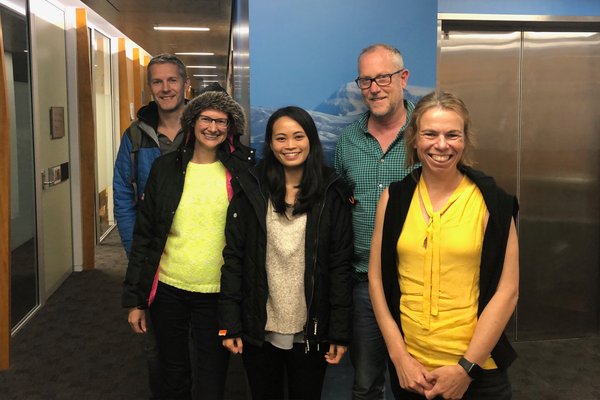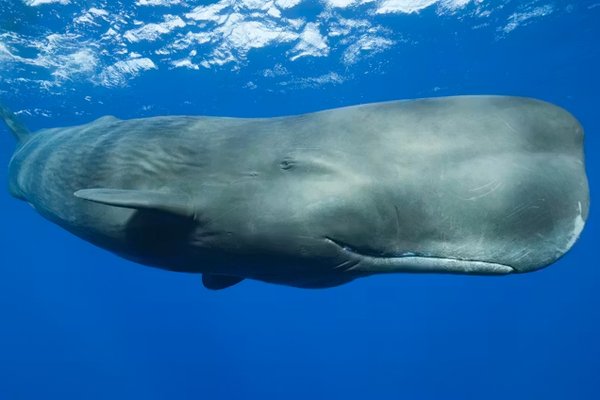The Octopus and the 'Living Fossil': Closer Than We Thought
Dr Nerida Wilson is one of a team of biologists whose paper, 'Resolving the evolutionary relationships of molluscs with phylogenomic tools', appears in the latest issue of Nature journal.
Q: I understand you’ve made a very important discovery. What is it exactly?
A: Together with my colleagues on the project, I discovered that the closest molluscan relatives of octopus and squids are a group of limpet-like organisms called Monoplacophora. It's hard to imagine that animals like octopus and squids (Cephalopoda), known for their intelligence and complex behaviours, are most closely related to a small enigmatic limpet-like creature.
These Monoplacophora generally live in very deep or very cold water. This makes them really hard to collect and preserve them in a way that makes them useful for the kind of analyses we wanted to do (using RNA). Other studies have looked at the evolutionary relationships among molluscs, but very few have been able to place these interesting animals in the analyses.
Ours was the first to use a phylogenomic approach and to include representatives of all mollusc groups (snails, clams, chiton etc). The results that we found even surprised us at first!
Q: What does this mean for the field of Malacology?
A: Because Monoplacophora were thought to be extinct until the 1950's when live specimens were found in deep water, there has always been an air of mystery about them. Morphological data from the fossil shells was used to place them with other shell-bearing molluscs, but the first data from DNA suggested otherwise.
The large amount of data used in our study (over 200,000 amino acids) provides a stronger case for the initial ideas that came from their shells. There are some fossils that supported our results as well, which shows how important different types of data can be.
Science is all about having alternative explanations for an idea, and then testing which of these explanations has more support. Because we found a close Monoplacophora-Cephalopoda relationship means that we should now re-examine other lines of evidence to support this relationship that we may have missed before now. It provides a framework that should re-invigorate many other studies.
Q: How does it feel to see your work in Nature magazine?
A: It's exciting because we got to reach a large audience very quickly. Those kinds of papers tend to be discussed in a variety of forums, from academic press to newspapers and social media. So it's nice to think that other people will share, even briefly, my curiousity and passion for these interesting animals!
Q: Are you still working on the project? Or have you moved on to something else?
A: There are still parts of the mollusc family tree that we do not understand well. This paper provides a solid backbone of relationships among different major groups, but we don' t know much about the relationships inside some of the larger groups, e.g. snails and slugs (Gastropoda) and clams and mussels (Bivalvia).
Now that we have made progress in carrying out these types of analyses that use very large amounts of data, we need to expand our sampling to include more species. There are also plenty of opportunities to look at those other lines of evidence that I mentioned earlier.
Dr Wilson became interested in a research career after being fascinated by the diversity of molluscs and what they do. Her main focus is on heterobranch molluscs, which includes the colourful nudibranch sea slugs.









